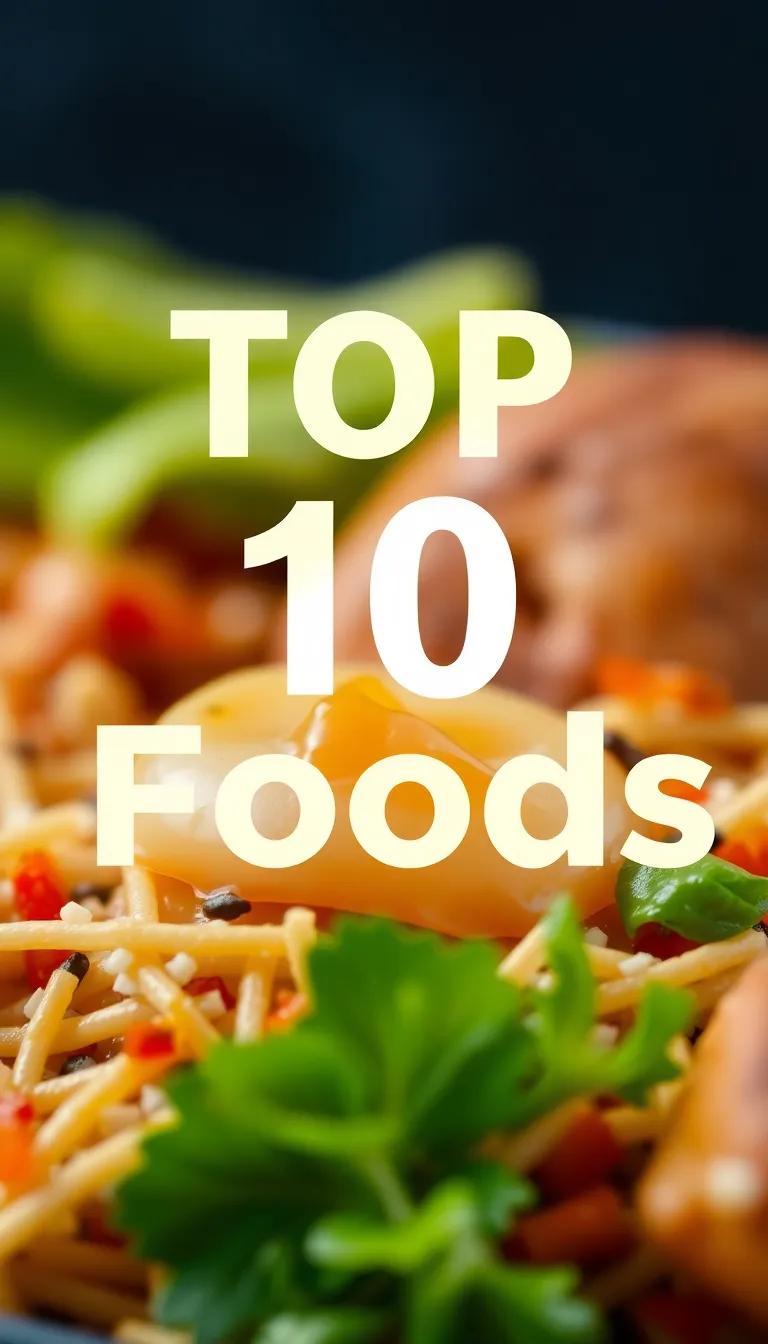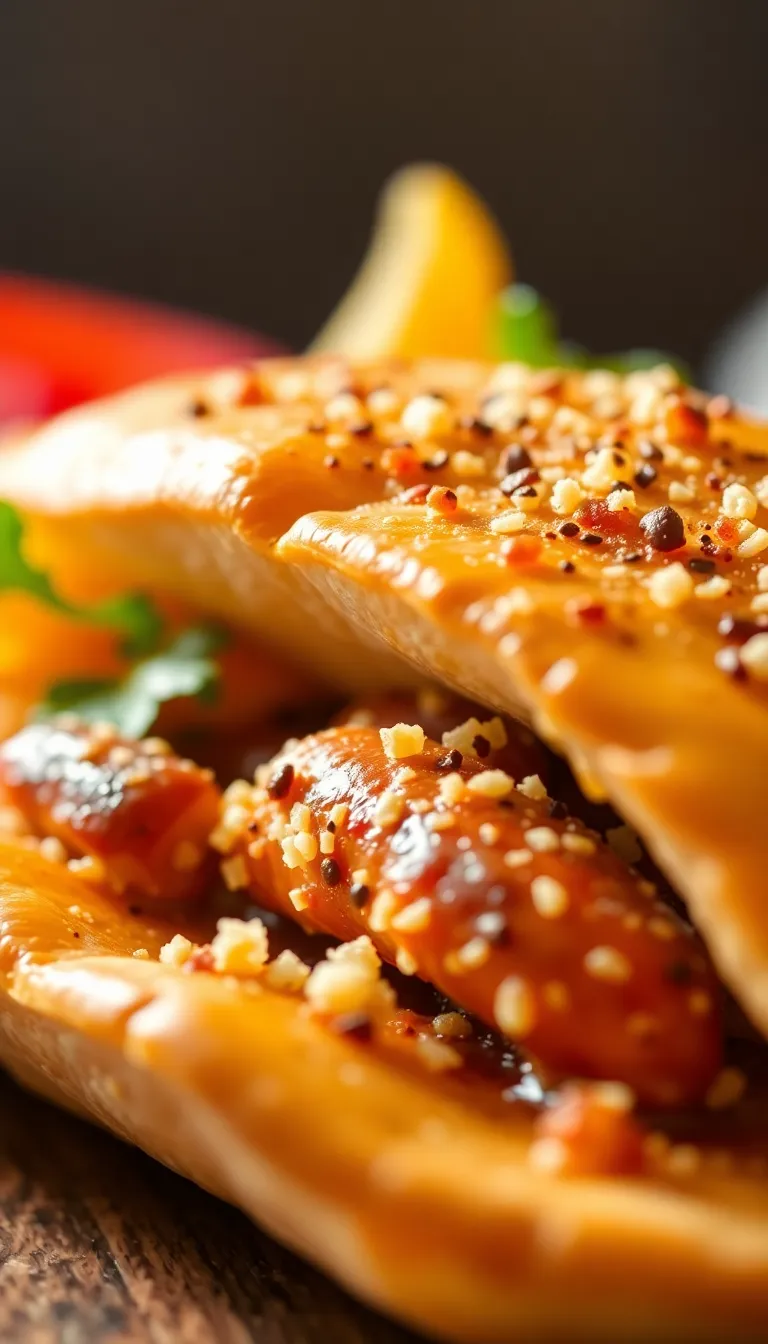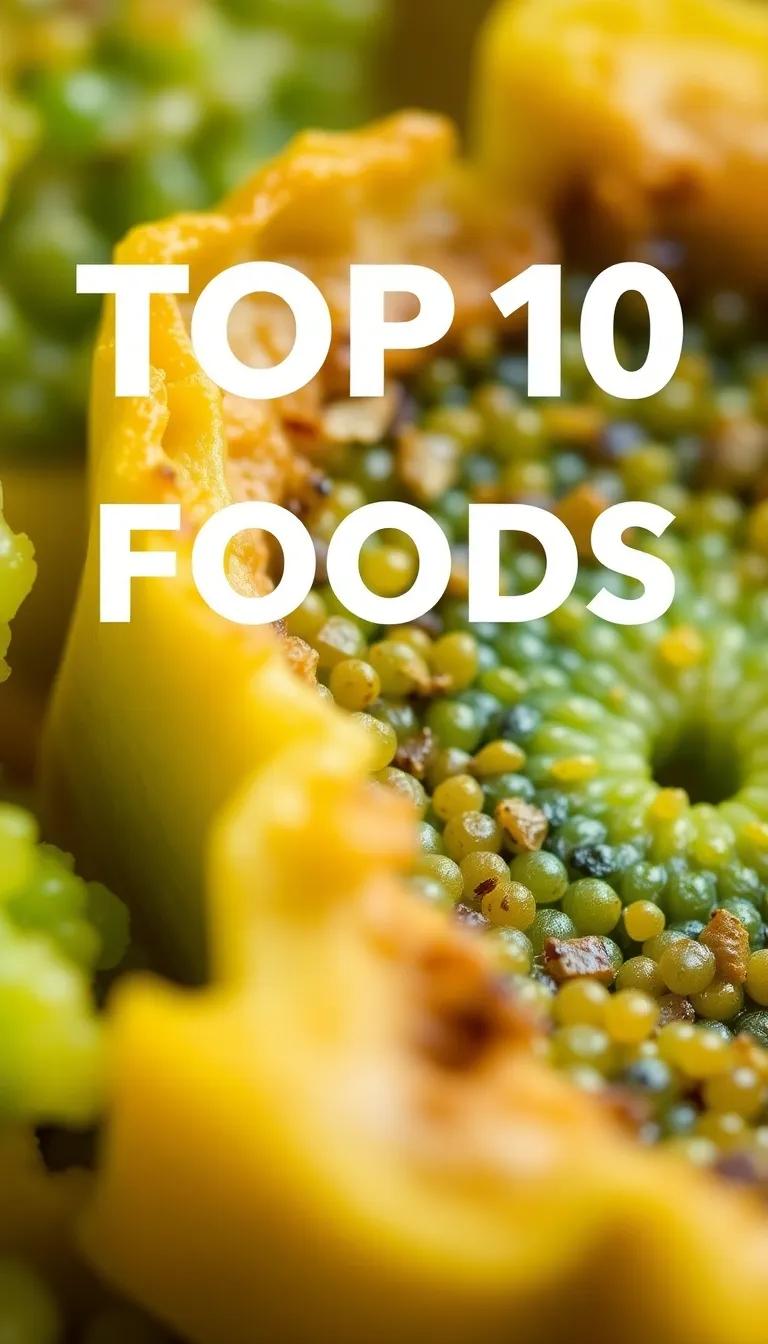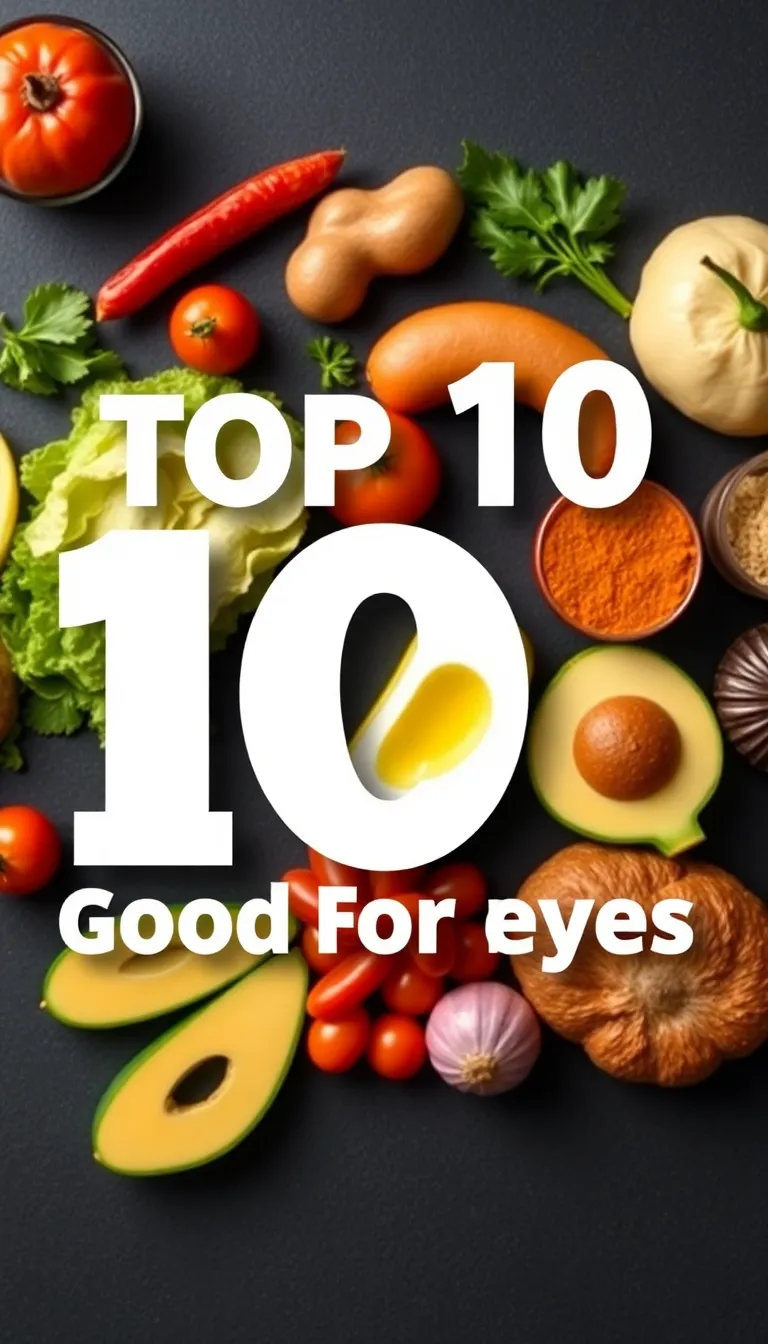Think your eyes only need carrots? Wrong. Your peepers crave a buffet of nutrients to stay sharp, whether you’re scrolling memes or squinting at spreadsheets.
Blurry vision, dryness, and eye strain aren’t just annoying—they’re your body screaming for better fuel. Forget magic supplements; real food wins every time. Here’s the kicker: half these eye heroes are probably already in your fridge.
Ready to upgrade your eyeball game?
Why These Foods Are Eye-Candy (Literally)

These foods pack lutein, zeaxanthin, vitamin A, and omega-3s—nutrients that act like armor against blue light, dryness, and aging. Studies show they slash the risk of cataracts and macular degeneration. Bonus?
They’re delicious. Unlike that sad desk salad you force down for “health.”
Top 10 Eye-Boosting Foods
- Spinach: Lutein powerhouse. Popeye was onto something.
- Salmon: Omega-3s for tear production.
No more dry-eye zombie stare.
- Carrots: Yes, the cliché is real. Vitamin A fuels night vision.
- Eggs: Zinc + lutein = dynamic duo for retina health.
- Almonds: Vitamin E shields cells from oxidative damage.
- Oranges: Vitamin C fights off eye-aging free radicals.
- Bell Peppers: More vitamin C than oranges. Mic drop.
- Blueberries: Anthocyanins boost blood flow to the eyes.
- Sweet Potatoes: Beta-carotene for cornea protection.
- Kale: Like spinach, but trendier (and equally effective).
How to Turn These Into a Killer Eye-Fuel Meal

- Whip a spinach-egg scramble: Sauté spinach, add eggs, sprinkle almonds.
Breakfast of eye-health champions.
- Blend a blueberry-smoothie: Blueberries, kale, almond milk, chia seeds. Chug. Feel superior.
- Roast sweet potatoes & salmon: Drizzle with olive oil, bake at 400°F for 20 mins.
Eat with bell peppers.
- Snack smarter: Carrots + hummus. Oranges as dessert. Easy upgrades.
Storage Hacks to Keep Nutrients Intact
Leafy greens: Store in airtight containers with a paper towel to absorb moisture. Berries: Freeze them if you won’t eat within 3 days. Nuts: Keep in the fridge to prevent oils from going rancid.
Pro tip: Don’t let salmon sit in the fridge longer than 2 days—cook or freeze it.
Why This Works (Science, Not Hype)

Lutein and zeaxanthin filter harmful blue light. Omega-3s reduce inflammation in tear ducts. Vitamin A prevents night blindness.
Vitamin C and E team up to protect cells. And no, staring at a screen for 12 hours straight isn’t canceled out by this—but it helps.
Common Mistakes That Ruin the Magic
- Overcooking veggies: Turns nutrients into confetti. Steam lightly or eat raw.
- Skipping fats: Lutein needs fat for absorption.
No oil = wasted effort.
- Ignoring variety Eating only carrots? Congrats, you’re a rabbit. Mix it up.
Don’t Like These Foods?
Try These Swaps

Spinach/Kale → Swiss chard or collard greens. Salmon → Sardines or flaxseeds (for omega-3s). Almonds → Sunflower seeds or avocado. Oranges → Strawberries or kiwi. FYI, supplements work in a pinch, but real food absorbs better.
FAQs
How fast will I see results?
Consistency is key. Most people notice less eye strain within a few weeks.
Long-term benefits (like reduced disease risk) take years—but start now.
Can I just take supplements instead?
IMO, food first. Supplements lack the fiber and synergistic nutrients of whole foods. Use them as backup, not replacements.
Do I need to eat all 10 daily?
Nope.
Rotate through them weekly. Variety matters more than cramming everything into one day.
Will this fix my terrible screen habits?
No. Step 1: Eat these.
Step 2: Stop binge-watching shows in the dark. Your eyes aren’t nocturnal.
Final Thoughts
Your eyes don’t need gimmicks—they need real food. These 10 ingredients are cheap, easy, and proven.
Whether you’re saving your vision or just tired of feeling like you’ve got sand in your eyes, this list is your cheat sheet. Now go eat something that doesn’t come with a charging cable.
